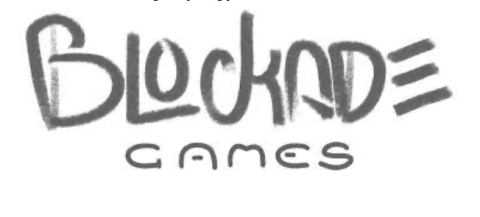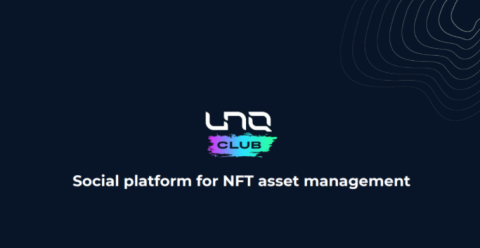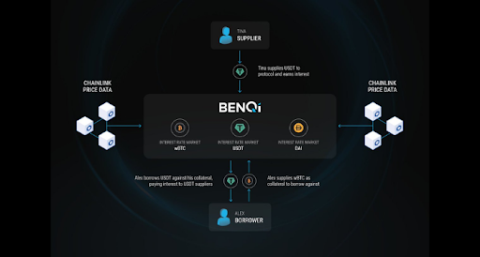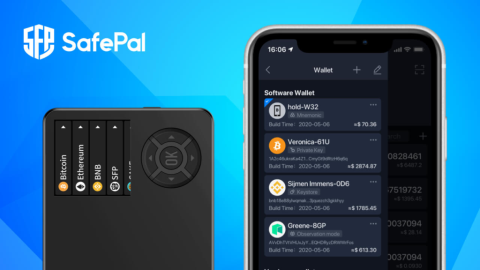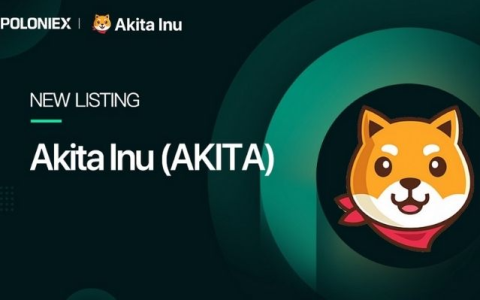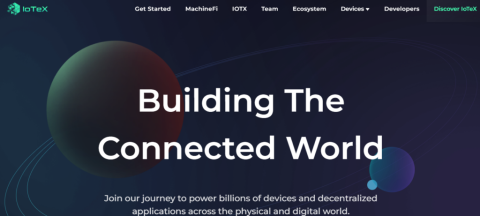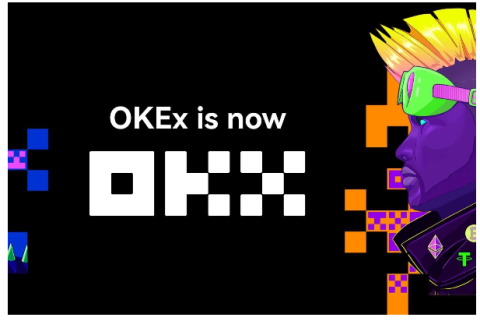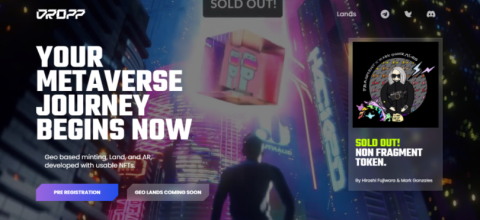What is thena? Discover the outstanding features of Thena and THE . token
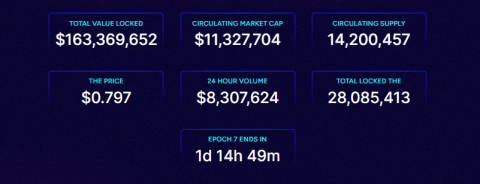
Ngoài PancakeSwap, hệ sinh thái BNB Chain còn có một AMM khác có TVL đạt 150 triệu USD chỉ sau hai tháng ra mắt, dự án này được gọi là Thena.
A common problem faced by cryptocurrency traders is fragmented liquidity and asymmetric market information. This leads to inefficient transactions. Aggregates aim to solve this problem by providing access to multiple sources of liquidity in a single place. Through algorithms, aggregators allocate orders across different exchanges to find the best price while taking into account slippage, fees, and gas costs.
Besides trading, liquidity aggregators can also be useful for other financial services. Example: When you want to enter the futures market or lend your crypto assets, an aggregator can find the best positions or rates on different platforms. But it would be nice to have a platform that allows users to access financial services from both the DeFi and CeFi markets. That is also the vision that OpenOcean is building.
OpenOcean aims to serve as a liquidity aggregator on both centralized and decentralized markets, as well as on blockchains. Currently, OpenOcean aggregates asset exchanges, but also plans to expand into other services, such as derivatives and asset management services. Its ultimate goal is to be a “one-stop shop” for accessing the full liquidity of cryptocurrencies.
OpenOcean was launched in September 2020. The protocol is currently deployed on 13 public networks, including Ethereum, Binance Smart Chain (BSC), xDai (also known as Gnosis Chain), Avalanche, Polygon, Solana, and other solutions . Ethereum Layer 2 (Arbitrum and Loopring) method. OpenOcean is connected to a centralized exchange, Binance.
In March 2021, OpenOcean closed a strategic funding round of 2 million USD led by Binance, with the support of Multicoin Capital, LD Capital, CMS, Kenetic and Altonomy. The fundraising was completed with a private placement and advisory fundraising that included AU21, FBG, DAO Maker, and the TRON Foundation. Huobi Ventures Blockchain Fund also made a strategic investment in OpenOcean in July 2021.
Optimizing for the best swap ratio is the nature of aggregators. At the heart of OpenOcean is a routing algorithm that will optimize many parameters, including better pricing, lower gas consumption, and lower slippage. OpenOcean's aggregation protocol receives quotes from all exchanges and then finds the deal with the best price and low slippage.
To find the initial transaction route, OpenOcean uses the D-star algorithm – an optimized version of Dijkstra's algorithm. It then optimizes the route using machine learning. In October 2021, OpenOcean V2 – aka OpenOcean Atlantic was released. The new version offers an improved algorithm and other protocol upgrades.
The synthetic protocol is free to use, and traders only pay the usual Blockchain gas and conversion fees for transactions. OpenOcean plans to charge (unless the user holds OOE tokens) for other services as they become available. Examples include investment strategies via OpenOcean's custom user interface, premium memberships or other future products.
OpenOcean has two interfaces: “Go Swap” and “Go Advanced”. The “Go Swap” page is a basic version just for swapping assets on decentralized exchanges. To start a transaction, users first need to select the “Connect wallet” button on the page. The platform offers several wallet integrations for different chains, including MetaMask . Once connected, the trader can choose the trading pair and the amount. Then the prices on different exchanges will be displayed and the user can execute trades to get the optimal price.
The interface includes a routing image for each swap pair. For larger commands, routing can get quite complicated. The example below illustrates the advantage of using an aggregator over manually executing all the individual transactions.
To access centralized exchanges like Binance, a “Go Advanced” version of OpenOcean is required. In this version, DEXes and CEXes are displayed side by side. The difference between prices on CEXes and DEXes is also displayed. To access centralized exchanges, you must register with OpenOcean. Besides market orders, centralized exchanges also offer limit orders. This feature is not yet available for transactions on decentralized exchanges.
As mentioned earlier, OpenOcean currently offers only one asset exchange service. But OpenOcean will continue to upgrade the algorithm and expand to more networks. Limit orders are also scheduled to launch soon, and OpenOcean will begin offering synthetic derivatives. Furthermore, a SaaS product will be launched that allows automatic arbitrage between centralized and decentralized exchanges.
Looking into 2022, OpenOcean plans to release margin trading and synthetic futures trading products. Cross-chain aggregation will become available, allowing cross-chain swapping. Over time, OpenOcean will also integrate other financial products such as lending, insurance and other investment services. In 2023, OpenOcean aims to launch an intelligent asset management platform for financial solutions. In other words, OpenOcean will be an "ocean" of centralized and decentralized financial solutions.
Token OOE (OpenOcean ecosystem) will become an essential part of OpenOcean. Tokens serve two purposes: utility and governance. Utility tokens are represented through a number of incentives that token holders receive for participating in the OpenOcean ecosystem. This includes a method to pay gas and trading fees, earn trading and liquidity mining rewards, and gain access to VIP membership and other services. For example, if a user wants to swap assets across separate chains, the OOE token will act as a means of paying gas fees.
The governance function is understood that OOE token holders can make proposals and participate in voting. Voting power is proportional to token holdings. OpenOcean has off-chain governance where proposals can be submitted and discussed in a designated channel on OpenOcean's Discord. No vote has been held so far and details of what the governance structure will look like are still being worked out.
OOE tokens are minted on Ethereum with a maximum supply of one billion tokens. 78,989,286 tokens were distributed on 12/07/2021 and around 150 million are currently in circulation. The remaining supply will be distributed over the next 5 years according to the following breakdown:
OOE tokens are traded on several exchanges, including KuCoin and Gate.io. OOE has a circulating market cap of about $23,331,945, compared to a market cap of about $719,856,150 per inch – it is the current market leader in terms of DEX aggregators.
Since its launch, OpenOcean has had about $3 billion in transaction volume, less than 400,000 addresses, and over 1.4 million transactions. Most of OpenOcean's volume comes from asset swaps on BSC (about $2.8 billion), as well as the number of addresses and the number of transactions. In recent months, Polygon and Avalanche also began to attract larger volumes and volumes of transactions. In the case of Avalanche, November hit $70 million in volume and over 8,500 swaps, compared with $13 million in volume and 2900 transactions in October. OpenOcean also added support for Fantom in October. 10 and reached a volume of $50 million on that network during the same period and has continued to grow steadily with a volume of $107 million in November. In regards to centralized exchanges, OpenOcean has just over 11.
There are several other aggregators available now, of which 1inch, Matcha and ParaSwap are among the best known. These aggregators are working on multiple threads, though not as much as OpenOcean.
The main difference of OpenOcean is that it provides access to both centralized exchanges and many decentralized exchanges. Furthermore, OpenOcean seems “generous” when it comes to slippage.
Among aggregate companies, 1inch is the market leader in terms of volume, reaching nearly $15 billion on Ethereum in October alone. Although before that 1inch dominated the market by quite a distance, it is now. Competitors like Matcha and Paraswap are catching up. In October, the two combined companies had about $3.5 billion and $2 billion in volume, respectively. Other stats like the number of users and transactions also highlight that 1inch is leading the market by a wide margin.
Meanwhile, OpenOcean has very little traction on Ethereum. By comparison, OpenOcean raised just over $1 million in transactions on Ethereum in October. March and May were the most active months for OpenOcean, with monthly volumes exceeding $10 million. .
To be fair, OpenOcean's volume mostly comes from other chains, such as Binance Smart Chain and Polygon. However, 1inch is also the dominant DEX aggregator on these Blockchains. 1inch has seen a total volume of over $12 billion and has over 115,000 monthly users on Binance Smart Chain. Meanwhile, OpenOcean's is about 2.8 billion USD.
To improve this, OpenOcean needs a roadmap to show users how well OpenOcean's routing algorithm works. Example: Whenever OpenOcean quotes a transaction, it can show a comparison with other DEXs and DEX aggregators. Showing users that OpenOcean really offers the best price will improve traction significantly.
It can be seen that the competition between exchanges and aggregators is huge. Users will only care about getting the best price. Therefore, aggregators compete through the development of the optimal routing algorithm. As part of the October 2021 release of the V2 version, OpenOcean conducted performance analyses.
Out of the 4500 swaps made on Binance Smart Chain, OpenOcean offered a better price than 1inch and ParaSwap in 60% of the cases. For transactions on Ethereum, OpenOcean offers better returns in many cases than other DEX aggregators. However, aggregators will continue to upgrade their algorithms to beat the competition. This leads to a "fierce" race in the future.
While OpenOcean is still trailing the market leaders by some margin, it is having the big advantage of granting users single access to both the DeFi and CeFi markets. OpenOcean is still a young project in a very competitive space but it already has an ambitious roadmap. Time will tell whether it can fulfill its vision of becoming a liquidity aggregator.
Join TraderH4 to update the latest information about OpenOcean in the near future here !
Ngoài PancakeSwap, hệ sinh thái BNB Chain còn có một AMM khác có TVL đạt 150 triệu USD chỉ sau hai tháng ra mắt, dự án này được gọi là Thena.
Blockade Games provides a platform that allows developers to create blockchain games. In addition, Blockade Games also creates many interesting free games.
UNQ Club is a project that provides a blockchain platform that allows investors to collect and manage existing NFT assets.
BENQI is one of the important pieces of the Avalanche ecosystem. Join TraderH4 to find out what BENQI (QI) is as well as detailed information about the QI token.
In addition to a cryptocurrency storage wallet, SafePal is also known to many investors for its SFP tokens and airdrop events with attractive rewards.
The fever from Akita Inu in the Crypto market in the past time has created a great buzz along with the rapid development of the "dog house token".
What is IoTeX? This is a blockchain built and developed in conjunction with the Internet of Things (IoT). Join TraderH4 to learn this article.
What is OKB? OKB is an exchange coin of OKX and the OKX Chain blockchain. Let's learn about OKX and OKB exchanges with TraderH4 in this article.
DROPP GG brings an innovative and novel idea to provide an NFT mint platform based on geographies outside of the real world.
CronaSwap is a DEX built on Cronos Chain, which has a similar model to Uniswap.
